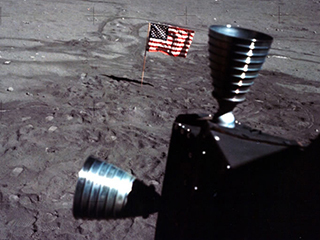Rockin Body Calendar Pdf Download
Introduction
For more than a decade, NASA's Cassini spacecraft shared the wonders of Saturn and its family of icy moons—taking us to astounding worlds where methane rivers run to a methane sea and where jets of ice and gas are blasting material into space from a liquid water ocean that might harbor the ingredients for life.
The Latest
Cassini revealed in great detail the true wonders of Saturn, a giant world ruled by raging storms and delicate harmonies of gravity.
Cassini carried a passenger to the Saturn system, the European Huygens probe—the first human-made object to land on a world in the distant outer solar system.
After 20 years in space — 13 of those years exploring Saturn — Cassini exhausted its fuel supply. And so, to protect moons of Saturn that could have conditions suitable for life, Cassini was sent on a daring final mission that would seal its fate. After a series of nearly two dozen nail-biting dives between the planet and its icy rings, Cassini plunged into Saturn's atmosphere on Sept. 15, 2017, returning science data to the very end.
10 Ways Cassini Mattered
10 Ways Cassini Mattered
1
Cassini-Huygens was a mission of firsts. First to orbit Saturn. First landing in the outer solar system. First to sample an extraterrestrial ocean.
2
Cassini expanded our understanding of the kinds of worlds where life might exist.
3
Cassini-Huygens revealed Titan to be one of the most Earth-like worlds we've encountered and shed light on the history of our home planet.
4
Cassini was, in a sense, a time machine. It revealed the processes that likely shaped the development of our solar system.
5
Cassini's long mission enabled us to observe weather and seasonal changes on another planet.
6
Cassini revealed Saturn's moons to be unique worlds with their own stories to tell.
7
Cassini showed us the complexity of Saturn's rings and the dramatic processes operating within them.
8
What Cassini found at Saturn prompted scientists to rethink their understanding of the solar system.
9
Cassini represented a staggering achievement of human and technical complexity, finding innovative ways to use the spacecraft.
10
Cassini revealed the beauty of Saturn, its rings and moons, inspiring our sense of wonder.
Notable Explorers

Xianzhe Jia
Scientist
"Cassini is such a fantastic mission. It not only acquired a wealth of data that led to numerous discoveries, but also raised a new generation of planetary scientists, including myself."

Todd J. Barber
Propulsion Engineer
I think making tons of money is overrated if you're not actively psyched about what you get to do all day. Passion drives me, it fuels me, and it's what matters most to me.
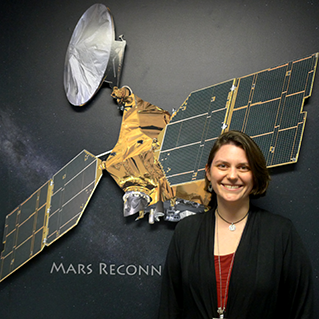
Sarah Milkovich
Planetary Geologist and Science Systems Engineer
"Be curious about everything -- take every opportunity that presents itself to learn new things."

Rosaly Lopes
Senior Research Scientist
"Study hard and do what you love, then it doesn't feel like work."

Robert (Bob) Pappalardo
Europa Mission Project Scientist
"The most exciting moments are the 'aha moments' when a scientific problem that you've been wrestling with suddenly falls into place and begins to make sense."
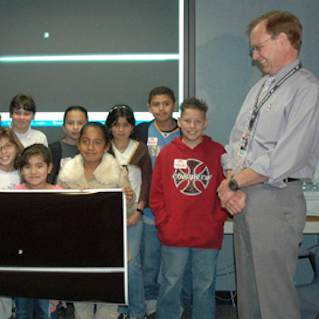
Robert Mitchell
Retired Program Manager
"The Ranger missions looked a lot more exciting to me than what I was doing at the time, and so I sent my resume off to JPL. I've been here ever since."
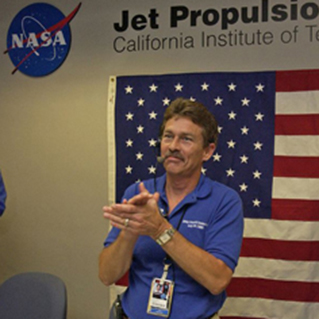
Richard "Rick" Grammier (1955 - 2011)
Former Director for Solar System Exploration
"His spirit will continue to inspire us as we continue our quest to understand the Universe."
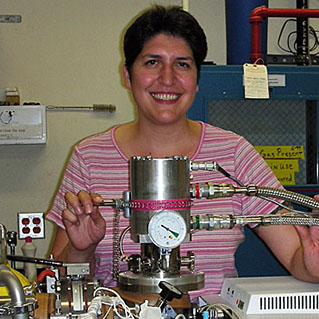
Rachel Mastrapa
Research Scientist
"Science and math are part natural gifts and part practice. You don't have to be a genius to be successful."

Phillips Davis
Website Editor/Curator
"Ask lots of questions. Be persistent. And never stop exploring your options."
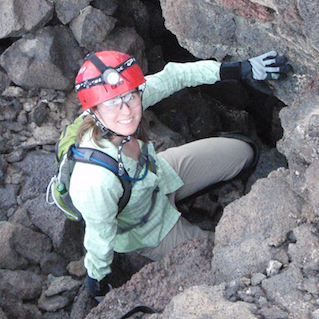
Morgan Cable
Research Scientist
"It's hard to say no when interesting things come up."

Michele Dougherty
Principal Investigator, Magnetometer Instrument, Cassini Mission
"There will be times when you don't think you are doing the right thing, but don't make any hasty decisions. Just hang on in there."

Michael Staab
Mission Operations Engineer
"STEM is, by far, the coolest field to get into. We fly spacecraft around other planets; how much better can it get?"
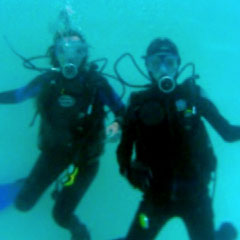
Kathleen Mandt
Planetary Scientist
"Because I took such a non-traditional path, I hope to serve as an example to others who may feel that they are too old to go after their dreams."

Julie Castillo-Rogez
Planetary Geophysicist
"My first personal connection with outer space occurred during the arrival of Voyager 2 at Neptune."
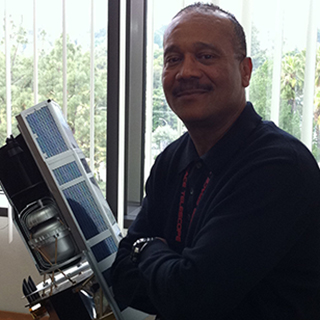
Joseph Hunt
Project Manager for Spitzer and NEOWISE

Jonathan Lunine
Scientist
No human had ever seen this landscape before. And for a period of maybe 20 minutes, half hour, we were the only ones to see this alien world.
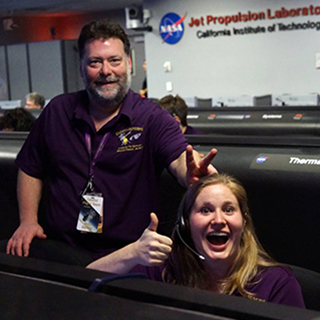
Joan Stupik
Engineer
I'm really excited to be a part of the spacecraft that will be learning about a place where scientists think there could be some form of life.
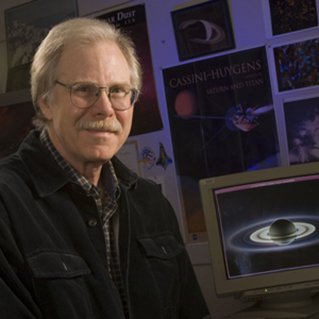
Jeffrey Cuzzi
Research Scientist
"Stay close to subjects that fascinate you personally, but also ask why is the subject important."
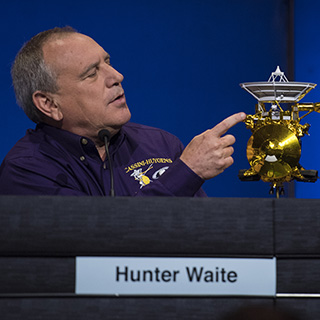
Hunter Waite
Co-Investigator, MASPEX-Europa Investigation for Europa Clipper
"Get lots of good chemistry, physics and math background in college."

Elizabeth "Zibi" Turtle
Scientist
Just because it isn't always easy doesn't mean you can't do it and do it well.
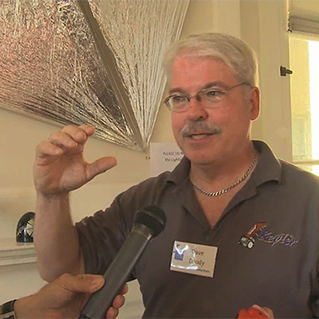
David Doody
Flight Operations Lead Engineer
"To be able now to work on projects that are flying to the planets has been really a dream."
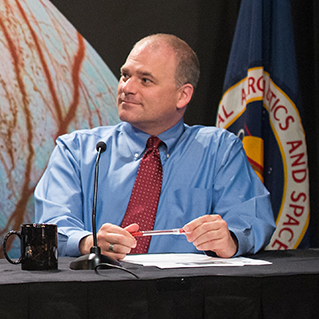
Curt Niebur
Program Scientist
Having a dream is a must. Having a plan is an excellent idea, but you also have to be willing to jump at unexpected opportunities.

Claudia Alexander (1959-2015)
Scientist
"Science and math are fascinating and fundamental. They require as much discipline as an athlete working to be a football player, or a musician attempting to land a recording contract."
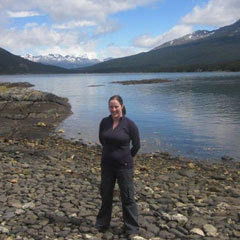
Catherine Neish
Assistant Professor
"I'm an explorer at heart. I love to explore new worlds, whether in our solar system, or here on Earth."
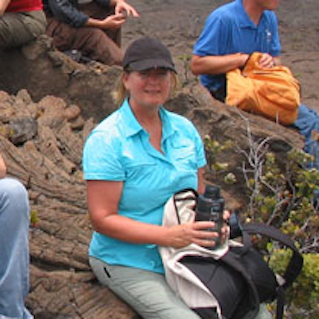
Candice Hansen
Scientist
Study lots of math. Math is the language of science.

Brent Buffington
Engineer
I never had this overwhelming fascination with space — rather, I just slowly gravitated toward it.
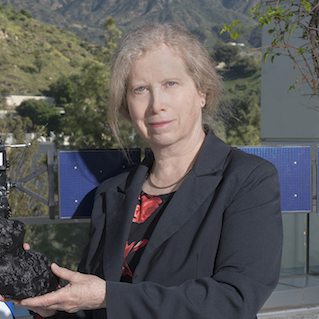
Bonnie Buratti
Project Scientist
"When I was a little girl Sputnik was launched, and I was instantly drawn into the whole miracle of spaceflight and exploring the cosmos."
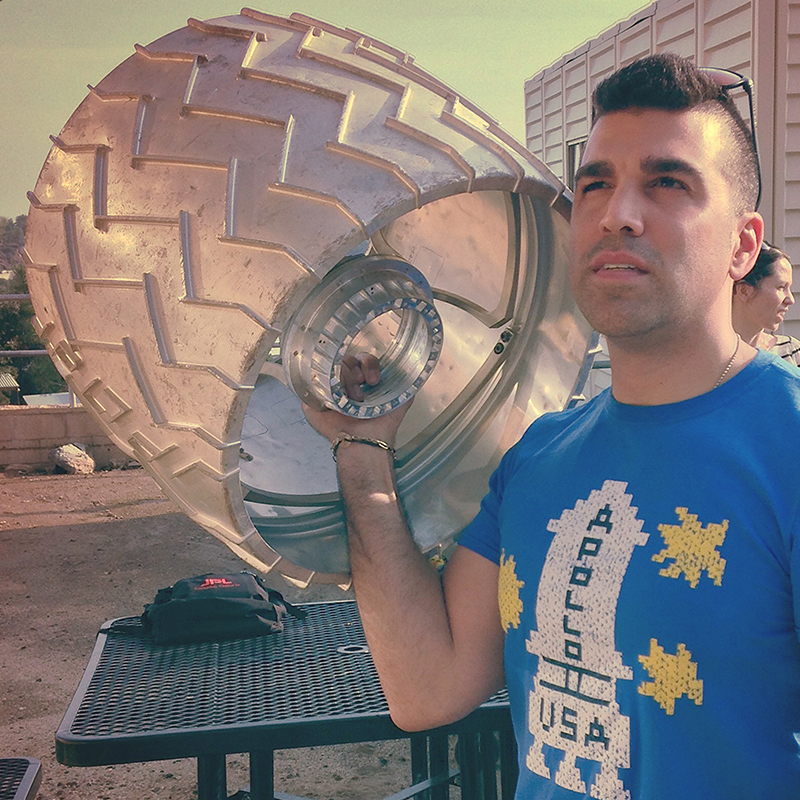
Bobak Ferdowsi
Systems Engineer
"The great thing about being at NASA is that there are jobs for all types—whether it's engineering, science, finance, communication, law."

Amy Simon
Planetary Scientist
"Sometimes you have to tackle a problem from many different ways to understand it and you should never be afraid to ask for help."

Alice Wessen
Public Engagement Manager
"Passion and tenacity, coupled with patience and humor. All will serve you well regardless of what you do."

Albert "Joey" Jefferson
Group Technical Lead | Deep Space Network Scheduling
"The wonderful part of working at JPL is that perfection isn't expected; however, progression is expected."

Abi Rymer
Scientist
Most of my heroes have succeeded against the odds in some way.
Xianzhe Jia
Scientist
"Cassini is such a fantastic mission. It not only acquired a wealth of data that led to numerous discoveries, but also raised a new generation of planetary scientists, including myself."
Quick Facts
Quick Facts
2.5 million commands executed
4.9 billion miles traveled since launch (7.9 billion kilometers)
635 GB science data collected
~4,000 science papers published
6 named moons discovered
294 orbits completed
162 targeted flybys of Saturn's moons
453,048 images taken
27 nations participated
360 engine burns completed
What's Next?
What's Next?
Before the mission ended, Cassini was an already powerful influence on future exploration. In revealing that Enceladus has essentially all the ingredients needed for life, the mission energized a pivot to the exploration of "ocean worlds" that has been sweeping planetary science over the past couple of decades.
Lessons learned during Cassini's mission are being applied in planning NASA's Europa Clipper mission, planned for launch in the 2020s. Europa Clipper will make dozens of flybys of Jupiter's ocean moon to investigate its possible habitability, using an orbital tour design derived from the way Cassini explored Saturn.
Farther out in the solar system, scientists have long had their eyes set on exploring Uranus and Neptune. So far, each of these worlds has been visited by only one brief spacecraft flyby (Voyager 2, in 1986 and 1989, respectively). Collectively, Uranus and Neptune are referred to as ice giant planets. A variety of potential mission concepts are discussed in a recently completed study, delivered to NASA in preparation for the next Decadal Survey—including orbiters, flybys, and probes that would dive into Uranus' atmosphere to study its composition. Future missions to the ice giants might explore those worlds using an approach similar to Cassini's mission.
Read More ›
Raw Images
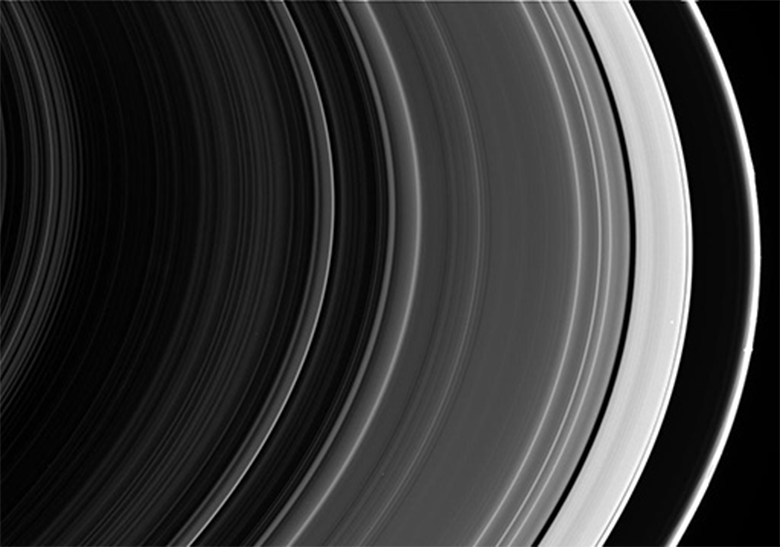
Explore the full archive of raw images collected by the Cassini mission from 2004 to 2017.
More to Explore
-
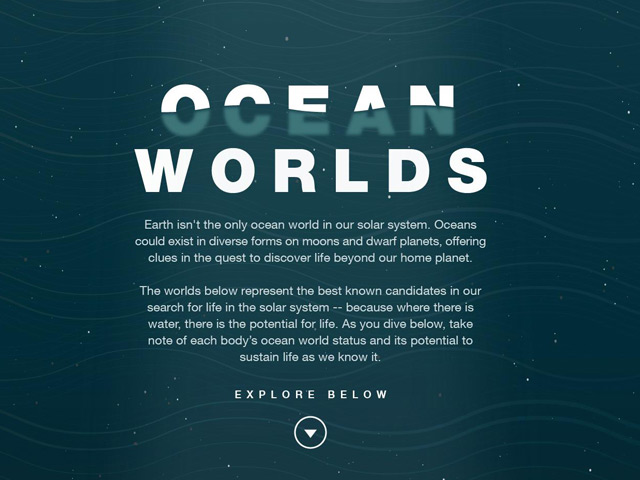
Graphics
Illustrations, artwork and infographics that reveal the inner workings of the Cassini mission.
-
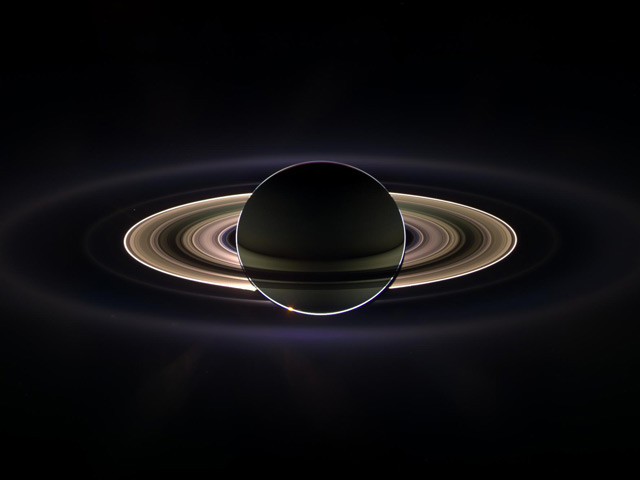
Hall of Fame
Cassini has returned thousands of great images. These are the best of the best.
-
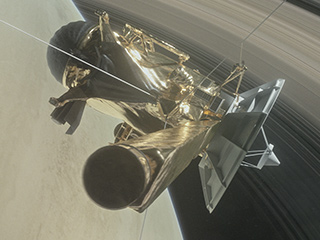
Videos
Data-driven science visualizations and captivating digital animations.
More Resources
More Resources
Cassini End-of-Mission Press Kit
Cassini-Huygens Saturn Arrival Press Kit
Cassini Launch Press Kit
Planetary Data System (search for Cassini for all available data)
NASA Planetary Photojournal: Cassini-Huygens
Source: https://solarsystem.nasa.gov/missions/cassini/overview/
Posted by: ezrascotte0191813.blogspot.com
